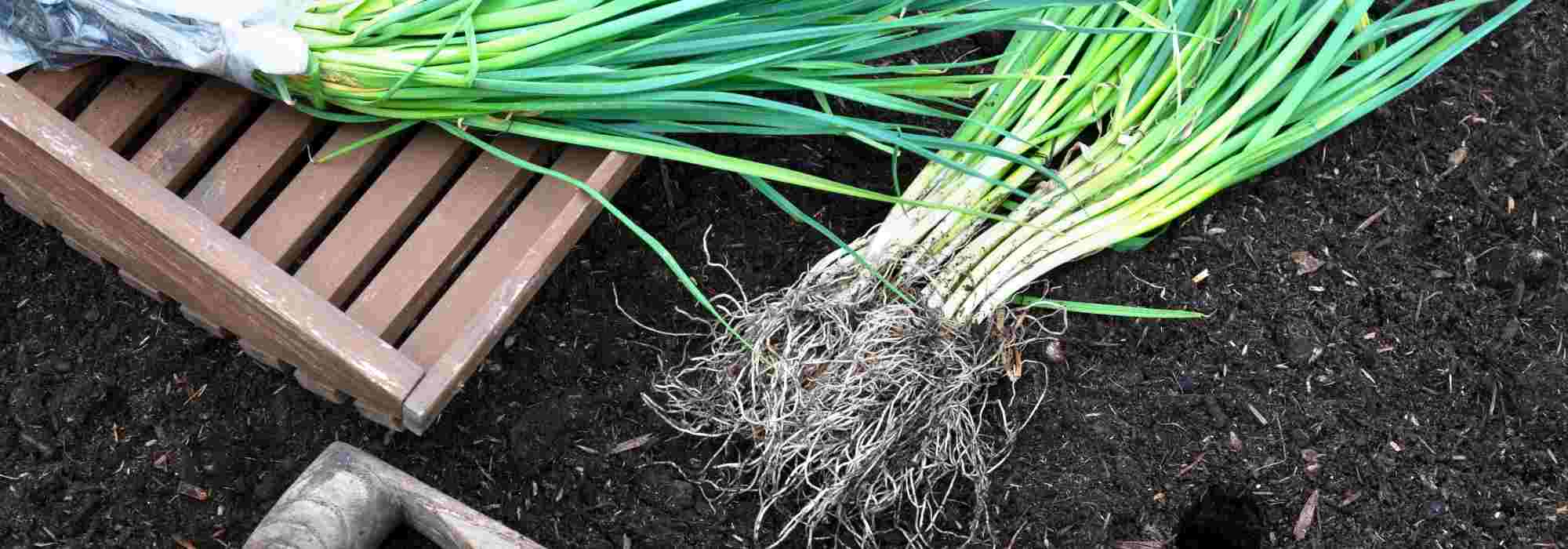
How to plant out leeks in the vegetable garden?
Techniques and tips
Contents
Undisputed stars of the vegetable patch, leeks are not, however, the easiest vegetables to grow. Several stages, such as sowing and transplanting, require some know-how and good timing to avoid disappointment.
Discover when and how to transplant your leeks, an essential step to successfully grow them and enjoy this vegetable throughout winter.
Why transplant leeks?
Leek seeds are very small, so pricking out is almost unavoidable. Plants that are too crowded would inevitably compete for light, water and soil nutrients. This would result in poor yield at harvest.
When to plant leeks?
Transplanting leeks occurs around May/June for early varieties and in the second half of July for winter varieties, even mid‑August south of the Loire. This timespan is quite variable and depends on sowing date and weather conditions, which strongly influence the growth of this vegetable. You should in any case wait two to three months of growth before transplanting.
A common rule of thumb for gardeners is to wait until leek has reached a size of about 15 cm and the thickness of a pencil before handling it.
François’s tip: Transplanting can also be carried out earlier if your leek is grown in a clod (bucket).
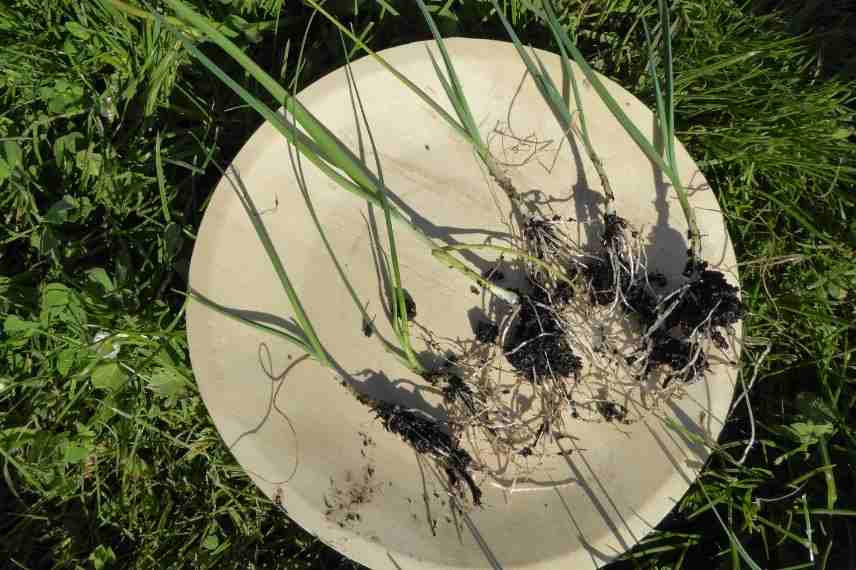
Young leek plants (Photo: G. David)
Discover other Leek seeds
View all →Available in 0 sizes
Available in 1 sizes
Available in 1 sizes
Available in 1 sizes
Available in 1 sizes
Available in 1 sizes
Available in 1 sizes
Available in 1 sizes
Available in 1 sizes
How to separate your leeks?
Plants appreciate gentleness and minimal stress during their life. To do this, prick out young plants only when soil (or potting compost in case of a sowing in a greenhouse) is moist. If this is not the case, water the substrate the day before, generously : this will help avoid damaging the root system too much.
- Equip yourself then with a spade fork (in case of young plants in open ground) or any other tool (pencil, table fork, small knife, dibber…) if your young plants are in a tray, a cold frame or any other small container ;
- Gently lift your tool to unearth the seedlings ;
- Once lifted, grasp them and separate them by gently shaking between your fingers ;
- It is possible to leave young plants to dry off on the soil in a shaded place for two days (facultative) ;
- Once separated from each other, head to the final planting plot (prepared in advance).
NB: some market gardeners do not hesitate to leave their leeks out of the ground for a few days to harden off (intentionally stress their seedlings). This is not essential but this method could make your seedlings more resistant to attacks by insects and fungi afterwards.
François’ tip: Best is to carry out separation of leeks in mild, overcast and wind-free conditions. All these conditions stress plants less during transplanting.
Read also
How to transplant young plants?Dressing and pralinising leeks
Trimming
Before starting bare-root transplanting, you will need to “dress” your young plants. In other words, shorten the length of the roots and leaves before transplanting. This technique is necessary to avoid an imbalance between root proportion (which will inevitably have suffered a little during lifting) and leaf area. To do this, shorten foliage by one third and the roots to 2–3 cm from the collar.
Root-dipping
Root-dipping is not compulsory. It consists of coating leek roots with a mud made from garden soil, compost and water, to improve establishment.
How to plant leeks?
A prepared soil in advance is obviously an essential step before transplanting your leeks to their final position: aerate soil using a garden claw and a spading fork. Do not hesitate to spread well-rotted compost or manure, as leeks are heavy-feeding vegetables!
There are almost as many transplanting methods as there are gardeners. Here are 3 of the methods most commonly practised in most gardens:
The “rows” method
- Dig a furrow using a hoe, a hand hoe or a hoe to a depth of about 8–10 cm;
- Then place your leeks in the bottom of the furrow at an angle. Allow 10–15 cm between leeks along the same row for proper development of plants;
- Refill the furrow with the soil previously dug out;
- Water leeks generously.
The dibber method
As the name suggests, use a dibber or any other object (for example the handle of a spade) to transplant plants. Time can be saved by using multi-prong dibbers to make several holes at once.
- Push the tool to a minimum depth of 8 cm. If soil is too dry, the planting hole will collapse despite the dibber. Wet soil beforehand to create a proper hole;
- Place the plant in the hole taking care that roots are not turned upwards! To obtain a nice bole (also called the “white” of the leek), bury the stem up to the level of the first leaves without including them in the hole;
- No need to refill with soil: generous watering will perfectly fulfil that role.
Note that this technique generally produces better-quality leeks than the first method.
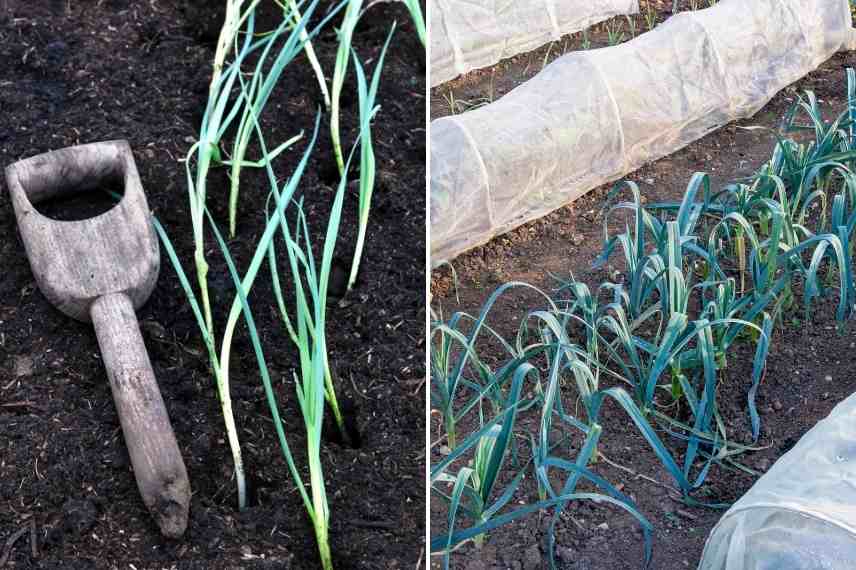
The dibber method
Transplanting as plugs
This method is a fine alternative to the two previous ones: it consists of replanting leeks as plugs directly into soil. It has the advantage of reducing plant stress by preserving all roots. In addition, you do not need to dress your plants with this technique, which saves time. Seed trays are often used, with two seeds sown per cell.
With this method, transplanting is also very simple:
- Use a dibber and transplant a leek plug every 10–15 cm along the row, remembering to bury the vegetable’s stem to obtain more “white”;
- Water generously and job done!
Note that contrary to popular belief, it is possible with this technique to leave 2 or even 3 leeks per plug and still obtain two well-sized specimens without having separated them! Do not hesitate to try new methods — gardening is above all a creative passion!
François’s tip: whatever method you choose, mulching is always recommended and even more so after transplanting seedlings. It will allow soil to retain up to three times more moisture than bare soil.
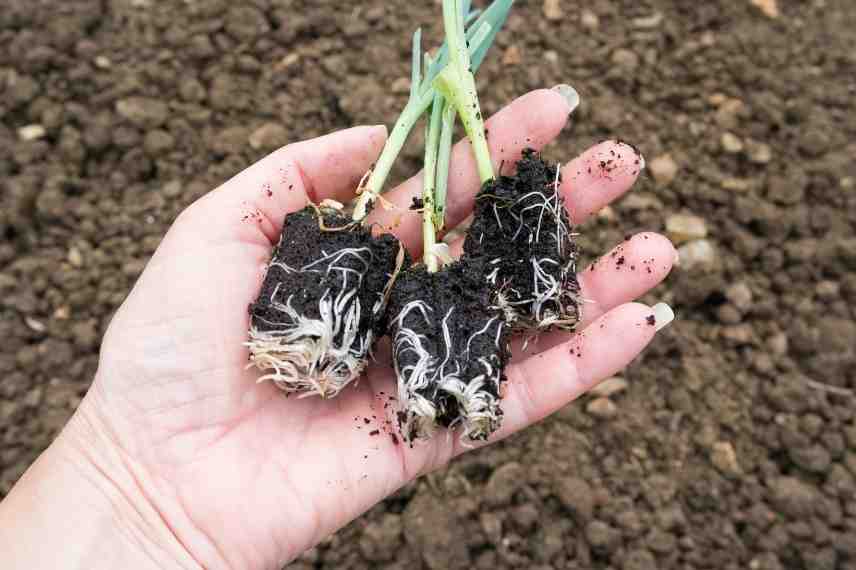
mini plugs of leeks ready to be planted
- Subscribe!
- Contents
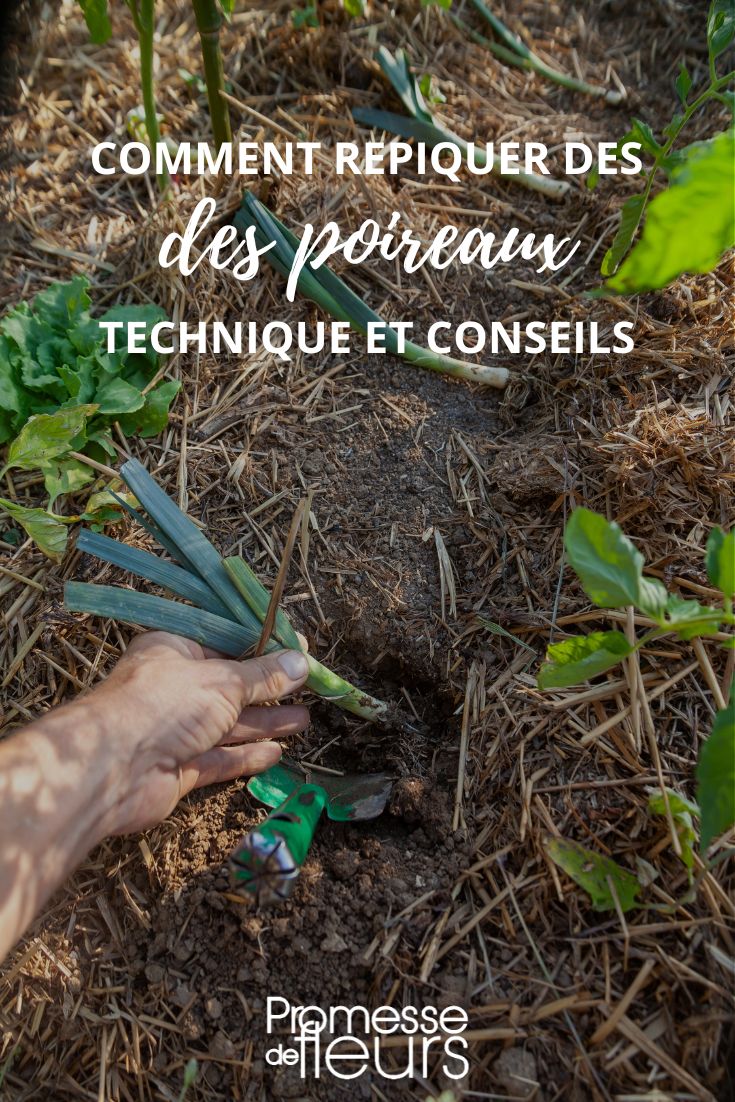
































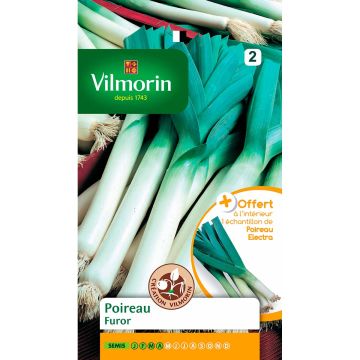
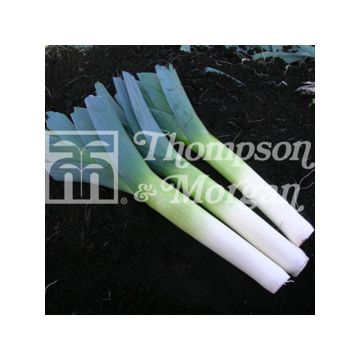
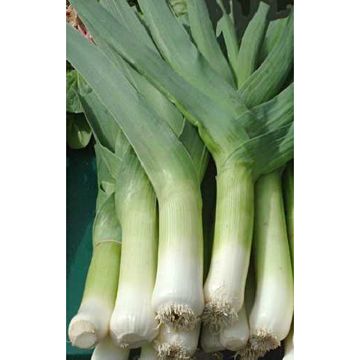
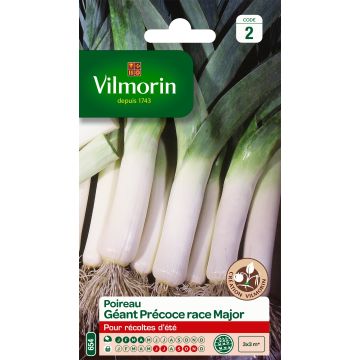
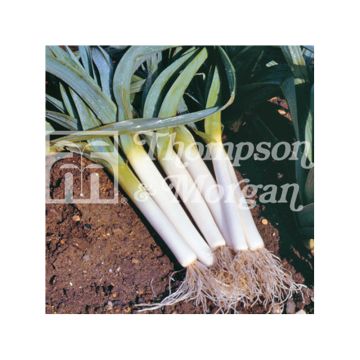
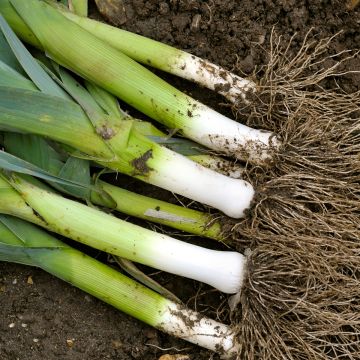
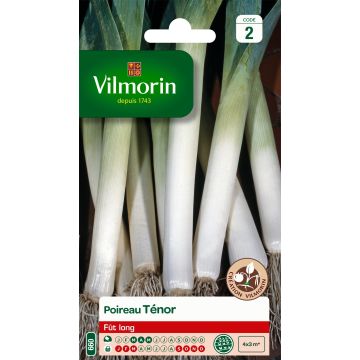
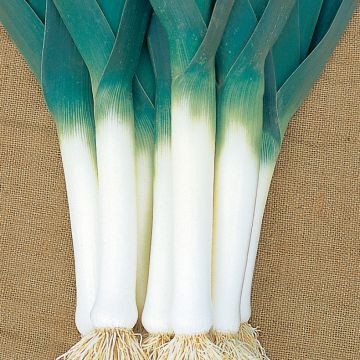
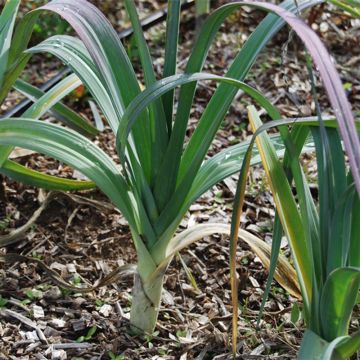
Comments